
Winter provides many natural learning opportunities for children. We’ve spent much time bird watching and hiking, and discussing the needs, adaptations and homes of animals in the winter. When Owen asked one day where icicles came from, I thought we’d attempt to dive deeper into science, and explore water’s 3 states of matter.
Explain It: Objects that take up space and have mass (weight) are called matter. Matter is all around us. Can you find matter in our home?
Show It: Yes, your train table takes up space and is very heavy. Even though it is not as heavy as your train table, your teddy bear still takes up space. They are both matter! What about your cup of juice?
Explain It: Matter has 3 states. Solids tend to be hard and keep their shape. Liquids can be poured and take on the shape of the container that they are in. You can’t always see them, but gases are all around us. Gases are light and also take on the shape of the container they are in.
Show It: Let’s feel your blocks. Do you think they are a solid, a liquid, or a gas? Why? Is the milk inside of your cup a solid, a liquid, or a gas? Why? Gases are trickier to see, but they are all around us. The air that we breathe is a gas. Put your hand on your chest and let’s take a deep breath together. What do you feel happening? We breathe air in, and we breathe air out. If we blow our air into a balloon, the balloon will catch it. Watch this!
Explain It: Sometimes, an object is able to take on all 3 states of matter. Water is one of those objects! When we drink water, is it a solid, a liquid, or a gas? When you take a bath in water, are you taking a bath in a solid, a liquid, or a gas?
Show It: Go on a “winter water hunt” outdoors. We were fortunate enough to come upon a freshwater stream, and spent several hours exploring it.
Explain It: When water freezes, it becomes a solid. Snow and ice is water in it’s solid state.
Show It: Go on a “winter ice hunt.” We found icicles hanging from the roof and explored a frozen frog pond.
Explain It: When heat is applied to snow and ice, it melts and becomes liquid water again. If heat is applied long enough, the water will evaporate and become a gas.
Show It: A snowball on a winter campfire is a unique way to demonstrate the melting of frozen water and the evaporation of liquid water. My boys enjoyed watching the water pool up, and became excited as it disappeared.
But I should note, my little scientists’ favorite part of their States of Matter science lesson was . . .
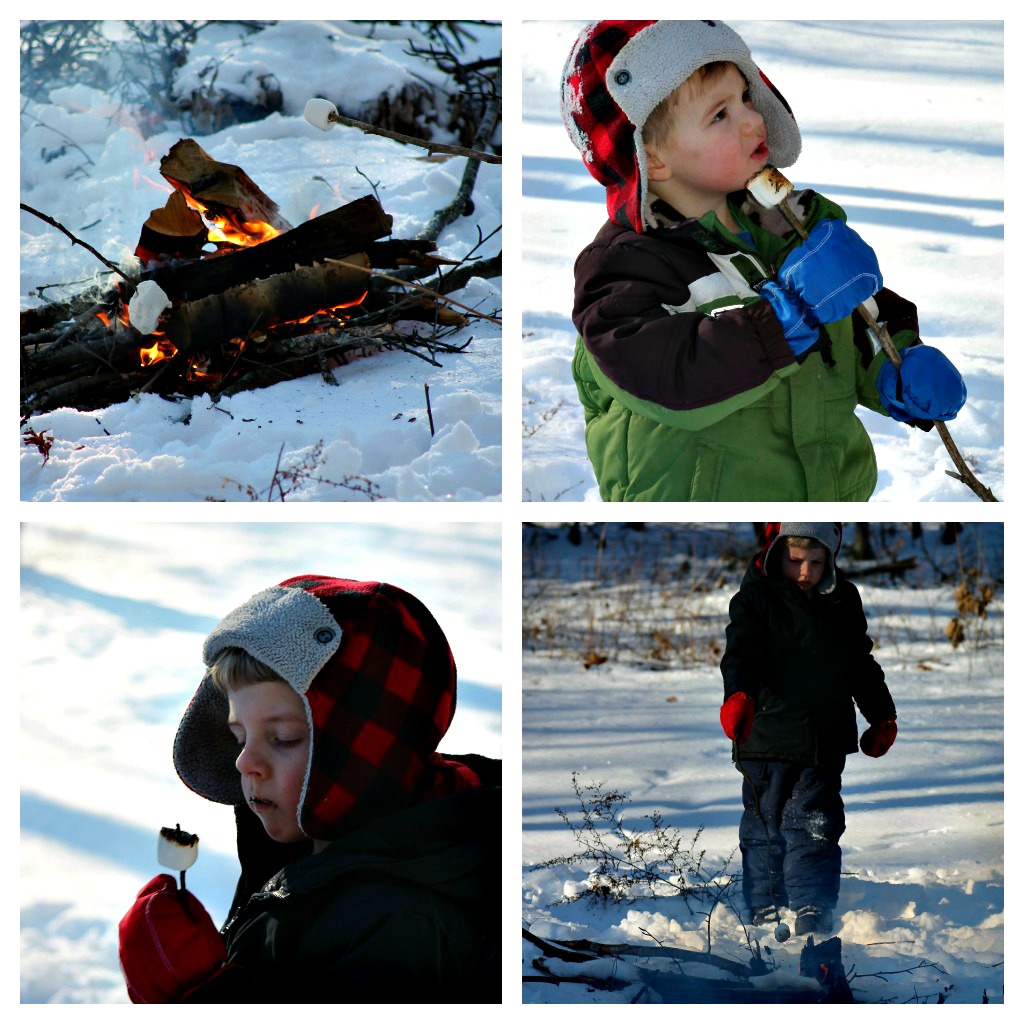 . . . toasting marshmallows. You can’t have a campfire without them, it’s a scientific fact!
. . . toasting marshmallows. You can’t have a campfire without them, it’s a scientific fact!
Literature Link-Up:
Gases (States of Matter) by Jim Mezzanote
Liquids (States of Matter) by Carol Ryback and Jim Mezzanote
Solids (States of Matter) by Jim Mezzanote
What is the World Made Of? All About Solids, Liquids, and Gases by Kathleen Weidner Zoehfeld

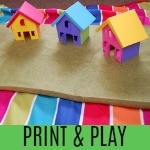
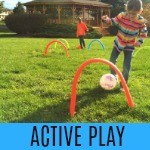
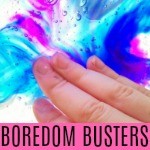
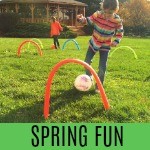
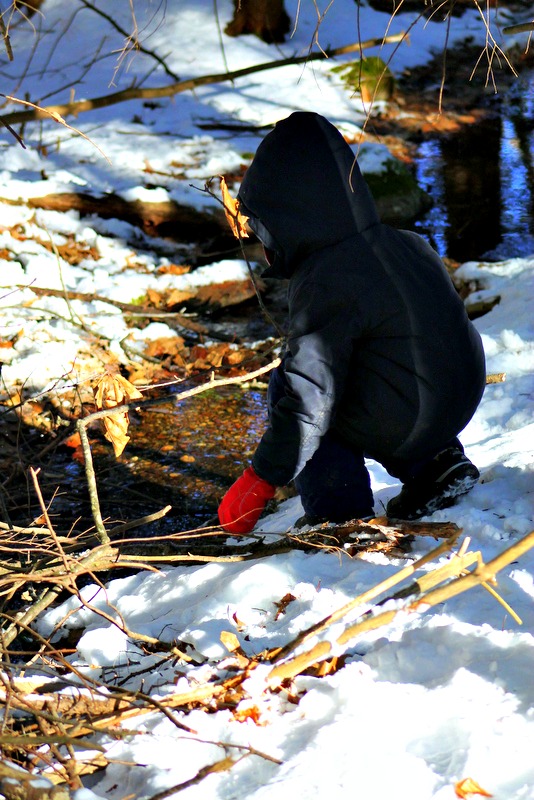






Love the ending and exploration! One of my sons did his science experiment on roasting marshmallows and how far they should be from the fire. The best part for him was eating them, too!
Oh! That sounds like my kind of science experiment! Great idea! Thank you so much for stopping by and sharing. 🙂
So what’s the answer? How far should they be to become that perfect roasted tan color?!
I love the hands on science fun you’ve created!